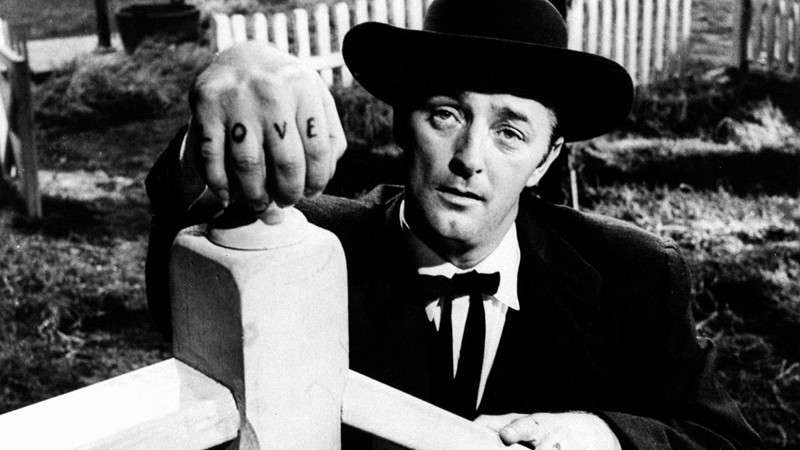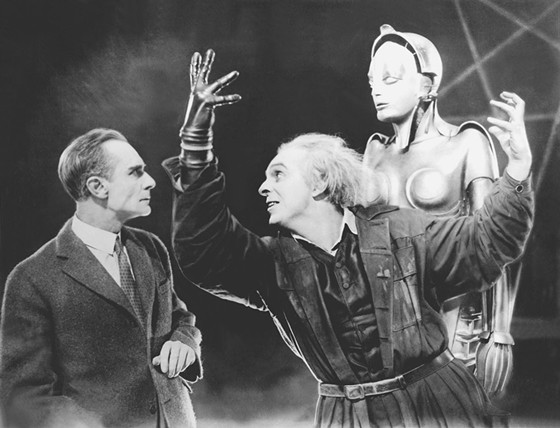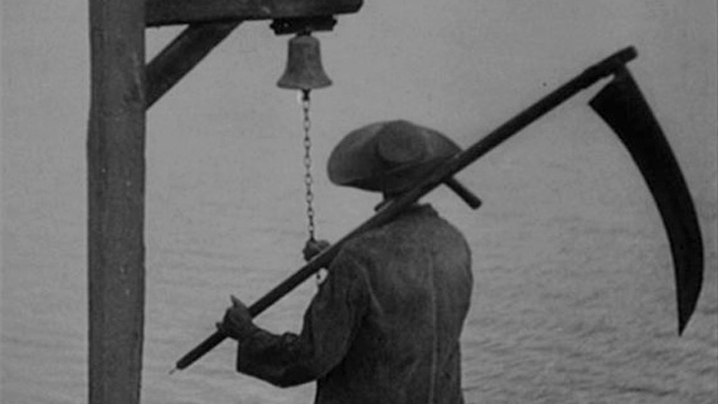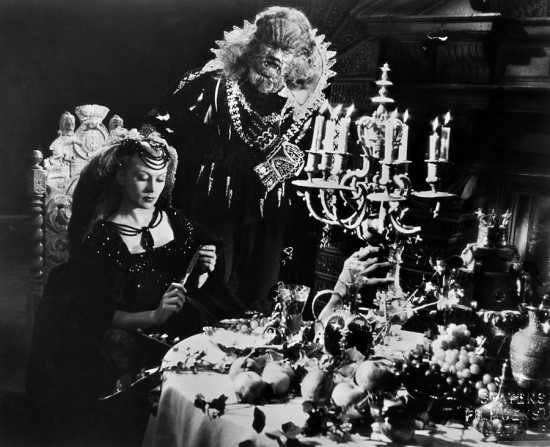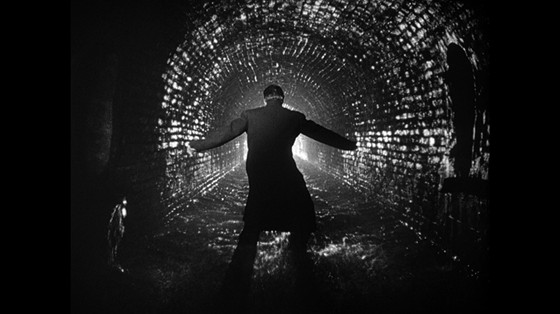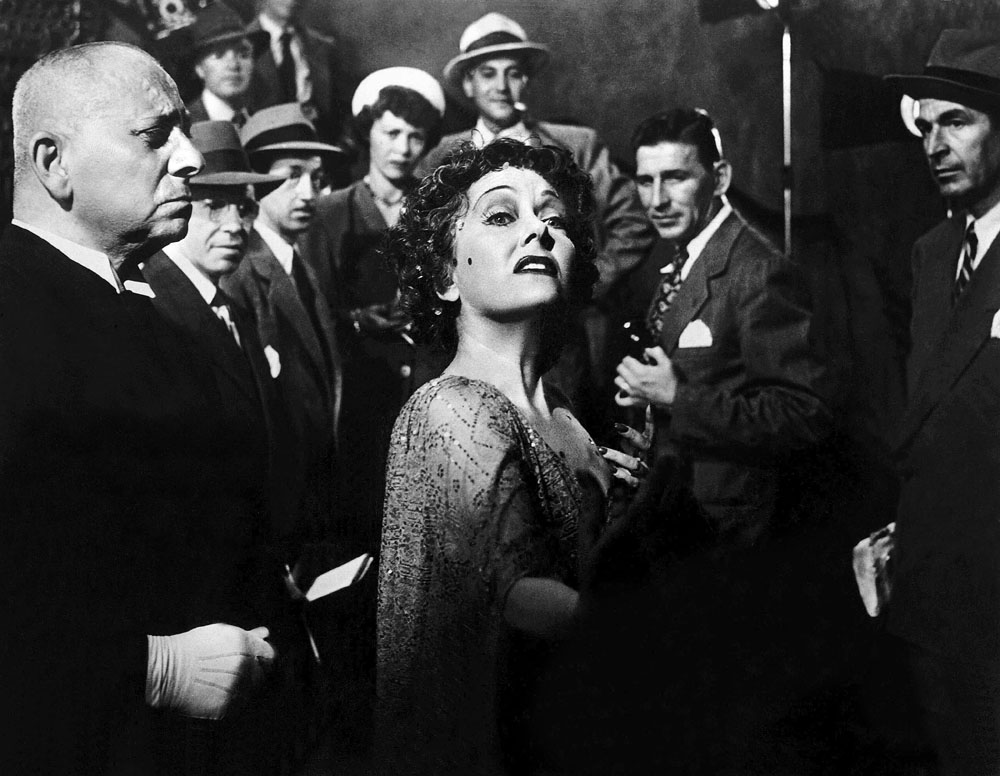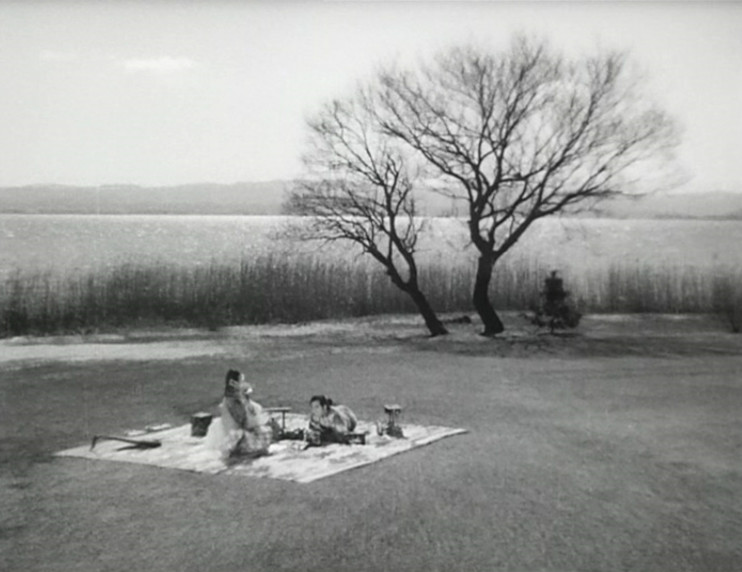The term “hauntingly beautiful” refers to a more poeticized aesthetic where there is an unusual intermingling of light and dark, both literally and subjectively. Black and white films have the potential to perfectly capture this marriage of binaries, offering both subtle and blatant juxtapositions in which polar opposites coexist perfectly with one another. These films contain extremes that are not easily deciphered, where moments of sublimity deceptively harmonize with the darker sides of the human condition.
This list exemplifies films where the importance of style parallels, or at times, eclipses, the substance of the story itself. There are many genres of film represented here that exude the hauntingly beautiful aesthetic: film noir, horror, war drama, fantasy, period dramas, science fiction, and suspense.
The common thread to this list lies in one of the most important characters to its story—the setting. Whether it’s the city nightscapes of The Third Man and Elevator to the Gallows, or the macabre interiors of The Innocents and Vampyr, the places in these films are integral in creating a specific mood and atmosphere.
All of these films are influenced to some degree from German expressionism insofar as realism is discarded in favor of external spaces that reflect the inner spaces of the human psyche. Therefore, it would only be necessary to begin the list with one of the seminal works of German expressionism in Metropolis.
1. Metropolis (1927)
D: Fritz Lang/C: Karl Freund, Gunther Rittau, Walter Ruttmann
Metropolis is a cautionary tale about the perils of an increasingly technologized society, and the growing divide between socioeconomic classes. In Metropolis, the wealthy live lavishly above ground, while the working class, who are responsible for all manual labor, dredge along beneath the city streets. Freder, the son of an entrepreneur, falls in love with a working class woman and attempts to bridge the divide between the wealthy and poor.
Metropolis manages to juxtapose beauty with the pessimistic themes of urban decay and the loss of humanity via technology. The German expressionist aesthetic captures the gritty reality of 2026, a dystopian city where the lower class have become a class of worker slaves in a world extinct of a middle class. On the flip side, the city of Metropolis is filled with imaginative sets that balance the beauty of Art Deco as evidenced by the design of the city itself within the larger context of the German expressionist aesthetic.
2. Vampyr (1932)
D: Theodor Dryer/C: Rudolph Mate
Allan Gray is summoned by ghostly shadows to a castle next to an inn where he has taken respite for the evening. Gray discovers that a Vampyr has victimized a woman, Leone, who has fallen ill in a nearby manor. Gray attempts to destroy the Vampyr and other menacing forces that are present in the village.
From the opening shot of the film, Vampyr takes on a dream logic where the traditional, linear storytelling is replaced by a more impressionistic approach. Dreyer famously filmed scenes with a gauze over the camera lens to create a more otherworldly sensibility to the chilling story.
The shadow ghosts, ferryman, and weathervane create a more subdued terror than contemporary horror films. Like many other films on this list, Vampyr moves at a more glacial pace which affords the film to reveal its mysteries in a much more dramatic manner. For a movie over 80 years old, Dreyer’s Vampyr still feels fresh and innovative.
3. Beauty and The Beast (1946)
D: Jean Cocteau/C: Henri Alekan
A woman lives with a monster in his castle in order to save her father’s life. In the process, Belle goes from repulsion to adoration by the Beast’s presence. Belle’s loyalty is tested as she is given a one week reprieve to visit her ailing father.
The beast’s castle possesses some of the most inventive sets in all of cinema. With the animated statue busts by the fireplace, the arms sticking out of the hallways with candles, or the decorative bedroom filled with flowers and plants, Beauty and the Beast is a showcase of the limitless potential of the imagination.
4. The Third Man (1949)
D: Carol Reed/C: Robert Krasker
Holly Martins, a writer of crime fiction, finds out his friend has been murdered when he arrives in Vienna. As he begins to inquire into his friend’s death, Martins begins to realize that the events surrounding his death don’t add up.
The real star in The Third Man is the nocturnal cityscape of a Post WWII Vienna. With the slick cobblestone, stone statues, and iconic underground sewer scene, The Third Man is one of the most stylistic of all noirs. Adding to the mysteriousness of the film is Martins’ missing friend, Harry Lime (played by Orson Welles) who doesn’t show up until well into the second half of the film. Like the other movies on the list, The Third Man is a completely immersive experience and one that maximizes its setting to the fullest.
5. Sunset Boulevard (1950)
D: Billy Wilder/C: John F. Seitz
Joe Gillis, a down-on-his-luck writer, stumbles upon an aging movie actress, Norma Desmond, from the silent era of film. As the outside world slowly trickles into Desmond’s insulated world, she becomes increasingly delusional about making a comeback as a movie star.
Joe Gillis stepping into Norma Desmond’s mansion marks the beginning of his slow descent that delves deeper and deeper into the rabbit hole. In this case, Wonderland is Desmond’s mansion, a space frozen in the past.
The gothic mansion is filled with an abundance of extravagant décor (including countless framed photos of herself), revealing Desmond’s past as one of indulgence and excess. Sunset Blvd addresses the darker side of fame as many silent movie stars in Hollywood found themselves unemployed when film merged with sound.
6. Ugetsu (1953)
D: Kenji Mizoguchi/C: Kazuo Miyagawa
The patriarchs of two families possess misguided aspirations during the Civil War of the 17th Century. In the process, the husbands’ families suffer the consequences of their selfish actions.
Ugetsu is a cautionary tale of the destructive nature of compromising one’s morals in the pursuit of earthly desires. As Genjuro states towards the conclusion of the film, “The war drove us mad with ambition.” With one husband running off in dreams of becoming a samurai while the other husband becomes obsessed with selling as much pottery as he can possibly manage, both men are blinded by their respective lusts.
As the story progresses, the real world begins to merge with the fantasy realm, and this intermingling of the real versus the unreal creates some otherworldly images such as a boat floating across a foggy river to suggest crossing a threshold into the supernatural.
